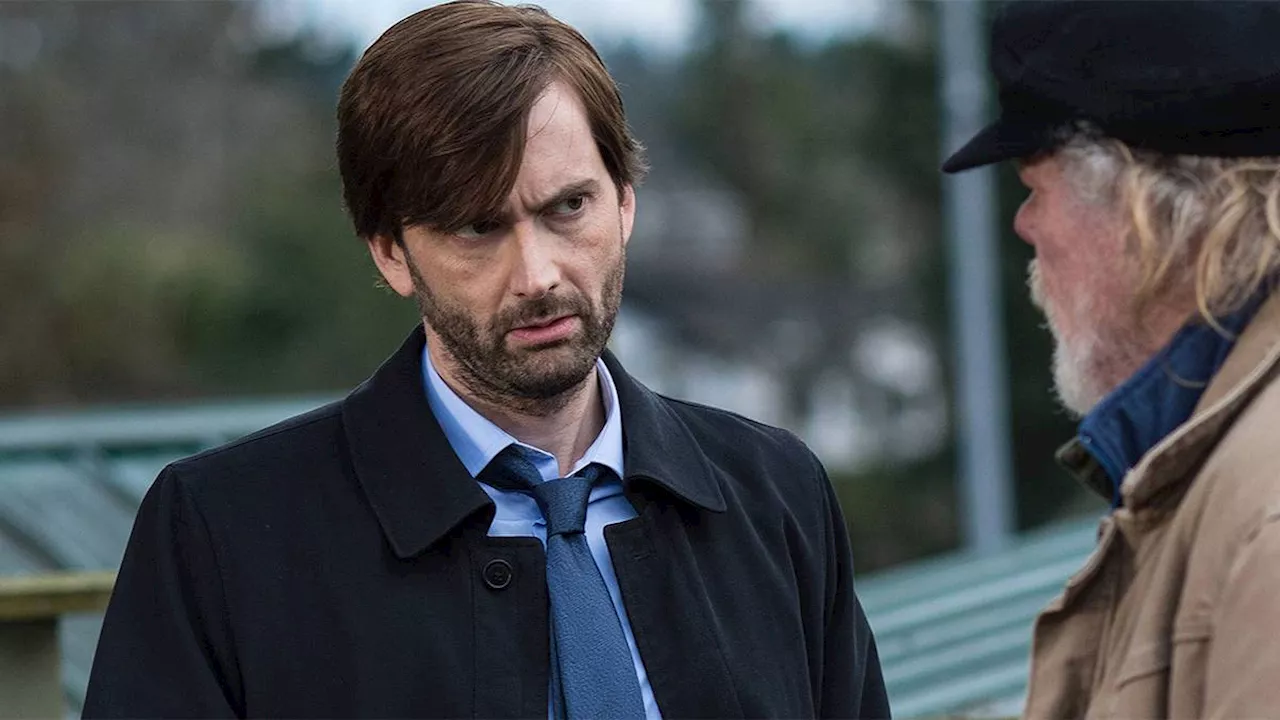Entertainment
Netflix’s “The Perfect Neighbor” Shifts True Crime Narrative

The documentary “The Perfect Neighbor,” released by Netflix on October 10, 2025, marks a significant shift in the streaming giant’s approach to true crime storytelling. Following its premiere at the Sundance Film Festival and South by Southwest, the film deviates from Netflix’s history of sensationalized true crime narratives, opting instead for a more thoughtful and humane portrayal of a tragic incident.
This documentary focuses on the escalating conflict between Susan Lorincz, a white resident of Ocala, Florida, and her neighbors, primarily people of color. Over the course of a year, Lorincz made numerous complaints to the police about children playing on an empty lot next to her home, despite the fact that she did not own the property. Her escalating accusations culminated in the fatal shooting of Ajike Owens, a Black mother of several children whom Lorincz had previously targeted with her complaints.
Rather than framing Lorincz as a sensational figure, director Geeta Gandbhir adopts a restrained, observational style. She utilizes existing footage from police body cams and surveillance cameras to chronicle the events leading up to and following Owens’s death. The film unfolds chronologically, avoiding flashy editing or dramatic reveals. This approach allows the raw footage to speak for itself, as it captures the neighborhood dynamics and police interactions without imposing commentary or speculation.
Gandbhir’s directorial choice emphasizes the human impact of the tragedy. The film highlights how petty neighborhood tensions escalated, ultimately revealing underlying issues of systemic racism. One poignant sequence captures the community’s grief as they process the loss of Owens, presenting a raw, intimate moment devoid of narration or staging. This focus on the victims rather than sensationalizing the perpetrator restores dignity to the true crime genre.
While many Netflix true crime offerings have thrived on extremes, “The Perfect Neighbor” diverges from this trend. Instead of turning Lorincz into a viral sensation, the documentary emphasizes the community’s response to the tragedy. It concludes not with a trial or a verdict but with a memorial service for Owens, allowing her family to have the final word in the narrative.
The film also subtly addresses Florida’s Stand Your Ground laws, which Lorincz cited in her defense, without devolving into polemics. This organic exploration of the law arises through police questioning and courtroom footage, allowing the audience to engage with the topic meaningfully. Gandbhir’s film emphasizes the community’s struggles and the fallout of the incident, illustrating how systemic issues can lead to tragic outcomes.
“The Perfect Neighbor” represents a welcome evolution for Netflix, a platform often characterized by intense, bingeable content. Previous true crime hits, such as “Don’t F**k With Cats” and “The Tinder Swindler,” have been criticized for prioritizing entertainment over ethical considerations. In contrast, this documentary suggests a more thoughtful approach to storytelling, with its limited theatrical release and subdued marketing indicating a commitment to integrity rather than mere virality.
With its strong reception from audiences and critics alike, “The Perfect Neighbor” suggests that viewers may be ready for a more measured exploration of true crime. The film’s examination of racism and the implications of flawed legislation transcends mere entertainment, allowing audiences to reflect on the societal issues at play. As Netflix continues to expand its catalog, “The Perfect Neighbor” could redefine audience expectations for the genre, emphasizing empathy and understanding over sensationalism.
Gandbhir’s work stands as one of Netflix’s most humane documentaries, offering an unflinching look at how everyday prejudice can lead to violence and the complex process of community healing. By prioritizing authenticity and compassion, the film demonstrates that sometimes the quietest approach resonates the loudest.
-

 Business2 weeks ago
Business2 weeks agoIconic Sand Dollar Social Club Listed for $3 Million in Folly Beach
-

 Politics2 weeks ago
Politics2 weeks agoAfghan Refugee Detained by ICE After Asylum Hearing in New York
-

 Health2 weeks ago
Health2 weeks agoPeptilogics Secures $78 Million to Combat Prosthetic Joint Infections
-

 Science2 weeks ago
Science2 weeks agoResearchers Achieve Fastest Genome Sequencing in Under Four Hours
-

 Lifestyle2 weeks ago
Lifestyle2 weeks agoJump for Good: San Clemente Pier Fundraiser Allows Legal Leaps
-

 Health2 weeks ago
Health2 weeks agoResearcher Uncovers Zika Virus Pathway to Placenta Using Nanotubes
-

 World2 weeks ago
World2 weeks agoUS Passport Ranks Drop Out of Top 10 for First Time Ever
-

 Business2 weeks ago
Business2 weeks agoSan Jose High-Rise Faces Foreclosure Over $182.5 Million Loan
-

 Entertainment2 weeks ago
Entertainment2 weeks agoJennifer Lopez Addresses A-Rod Split in Candid Interview
-

 World2 weeks ago
World2 weeks agoRegional Pilots’ Salaries Surge to Six Figures in 2025
-

 Science2 weeks ago
Science2 weeks agoMars Observed: Detailed Imaging Reveals Dust Avalanche Dynamics
-

 Top Stories2 weeks ago
Top Stories2 weeks agoChicago Symphony Orchestra Dazzles with Berlioz Under Mäkelä








